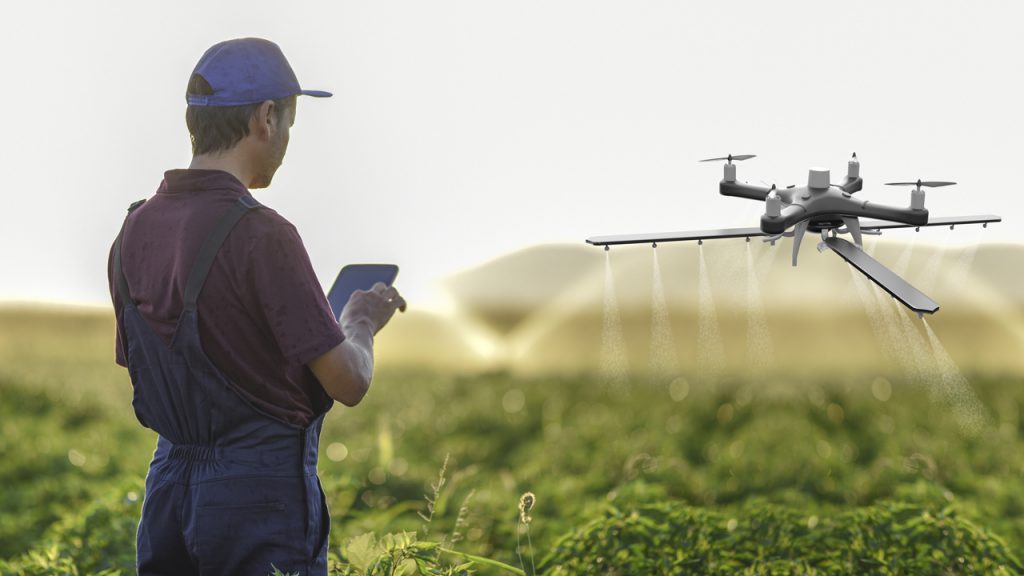On Monday, the Federal Aviation Administration (FAA) announced that it had finalized regulations for unmanned aircraft or drones. The new rules will require drones to be equipped with remote identification technology and will allow small drone operators to fly over groups of people and at night under certain conditions.
The agency’s press release noted that there are presently more than 1.7 million drone registrations and 203,000 FAA remote pilot certifications. Reportedly, unmanned aircraft represents the fastest-growing portion of the transportation sector. The use of drones for delivery, for example, may not be far off; in late August, Amazon.com, Inc. won FAA approval for its fleet of Prime Air drones for light package delivery.
According to the FAA, the new rules address safety, security, and privacy concerns. The press release explained that remote identification of drones in flight, as well as the location of their control stations, will provide critical information to security agencies and law enforcement.
In addition, enhanced “airspace awareness” created by the rules will reduce the chance of in-flight collisions and accidents with people and property, the FAA said. The final rule’s executive summary explained that operators must conduct tests or go through training to fly at night, and that drones must make use of anti-collision lights.
FAA Administrator Steve Dickson commented that “the new rules make way for the further integration of drones into our airspace by addressing safety and security concerns. They get us closer to the day when we will more routinely see drone operations such as the delivery of packages.”
The final rule also made changes to existing licensing mandates, and expanded the class of authorities who may request remote pilot certification and identification from an operator. The remote identification rule requires drone manufacturers to produce drones with this technology within 18 months and gives operators an additional 12 months to start using drones so equipped. The two new rules are set to become effective 60 days after publication in the Federal Register.
